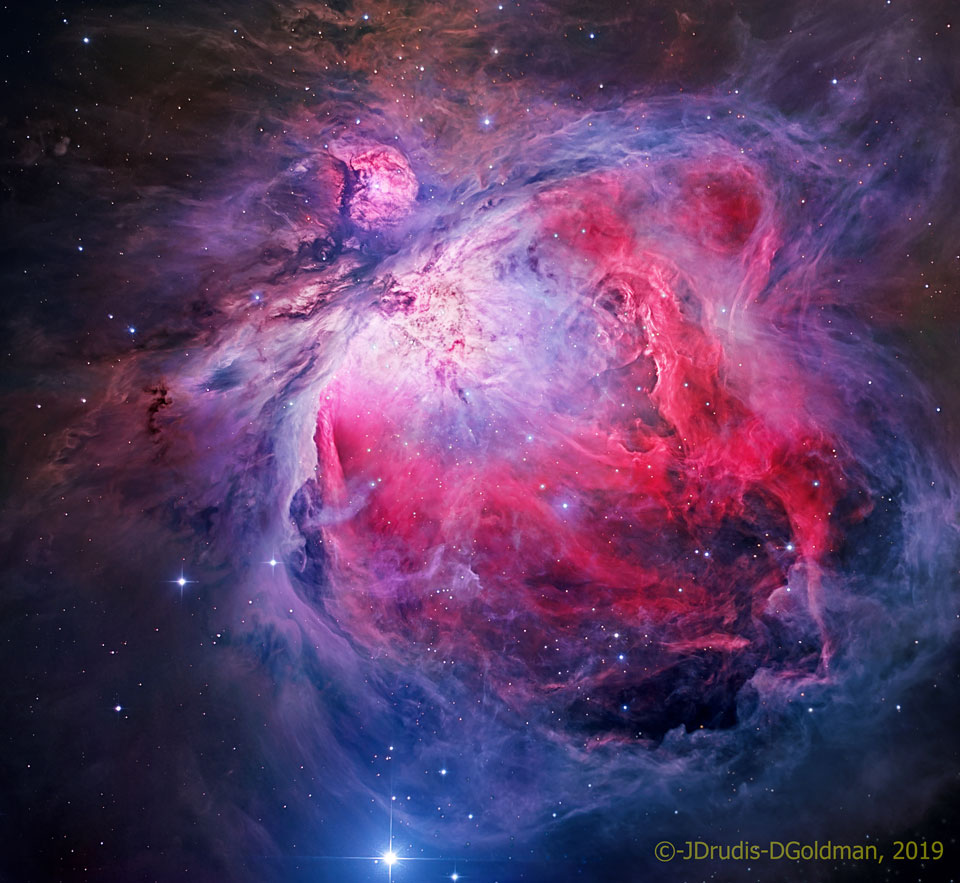How much astronomy can be done with Hydrogen Line Spectroscopy?
mollwollfumble said:
Tau.Neutrino said:How much astronomy can be done with Hydrogen Line Spectroscopy?
Which hydrogen line?
The 21 cm hydrogen line (radio astronomy) is not the first one that came to mind. The first that came to mind is the Lyman alpha forest, which is in the UV range.
The 21 cm line has been used by Parkes for producing the best ever images of nearly the whole Milky Way. The blueshift and redshift of the line due the the galaxy’s rotation gives us the distance across to the far side of the Milky Way.
The Lyman alpha forest actually makes the universe invisible in those wavelengths because of the neutral hydrogen within our own solar system. So it has been used to measure the hydrogen gas concentration in the Solar System and between here and the nearest bright stars.
Further away, it’s the Lyman alpha forest (redshifted away from the absorption by local gas) that gives us the redshift of quasars, and the concentrations of gas between us an quasars and between us and distant galaxies. The Lyman alpha blobs of neutral hydrogen are arguably the largest megastructures in the universe. And (I think) the distances to distant galaxies.
I’m racking my brain to try and remember if the cosmic microwave background is also hydrogen line astronomy, emitted by hydrogen from the time before galaxies.
There’s more to it than that, too. Because the spectral lines from ionised hydrogen are quite different to those from neutral hydrogen. Narrow-band images from combined spectral lines of neutral hydrogen, ionised hydrogen, oxygen and nitrogen have frequently appeared in APOD images. Images such as those of spectacular objects such as the Orion nebula, and other nebulas.
Oh, wait, now I get it. The hydrogen lines in my quoted post above refer (mostly) to absorption lines of hydrogen. The lines of hydrogen that feature in APOD images like this one are emission lines. Colours are: “assigned colors highlighted by emission in oxygen and hydrogen”. From a science point of view, the hydrogen line intensity and hydrogen ionisation measure local temperature. As opposed to absorption lines which are used to measure speed.
